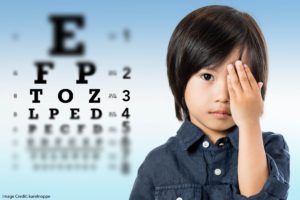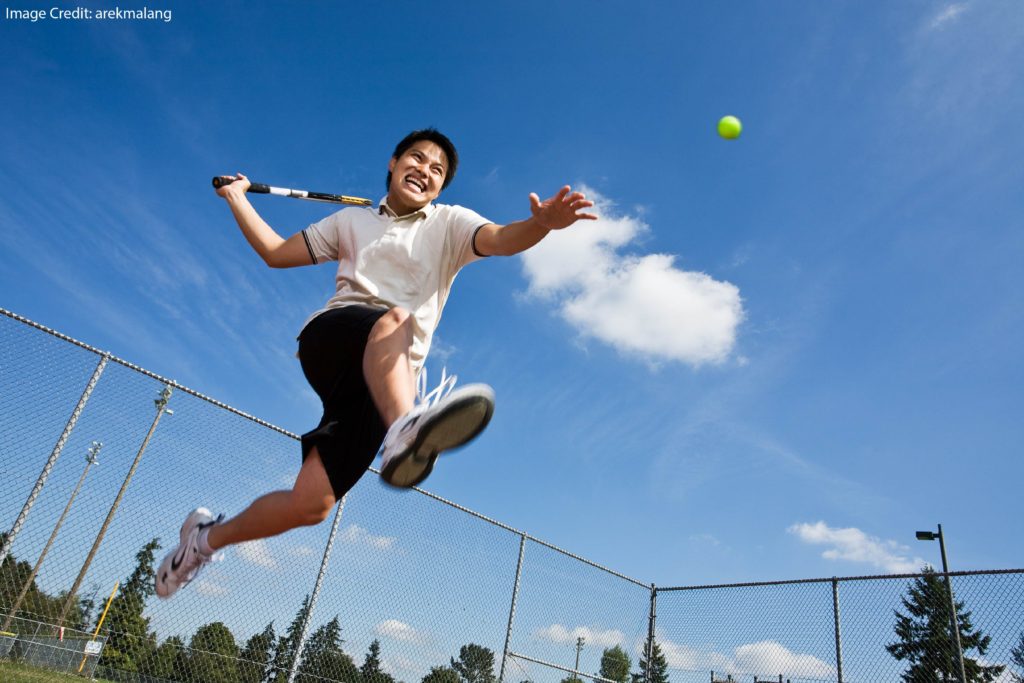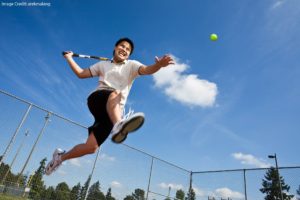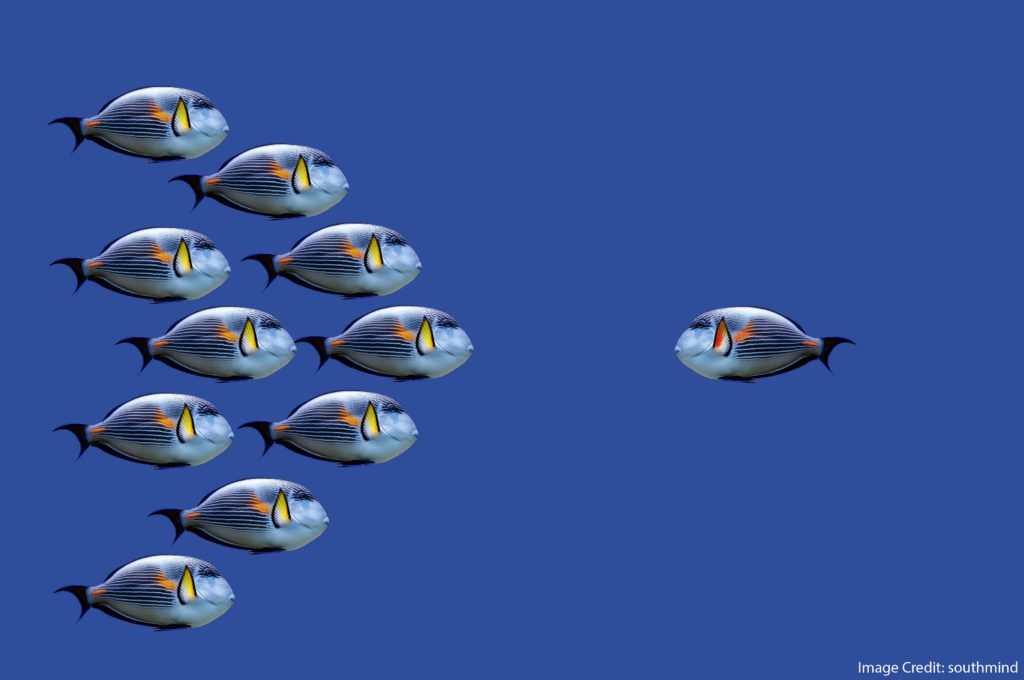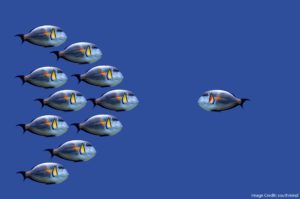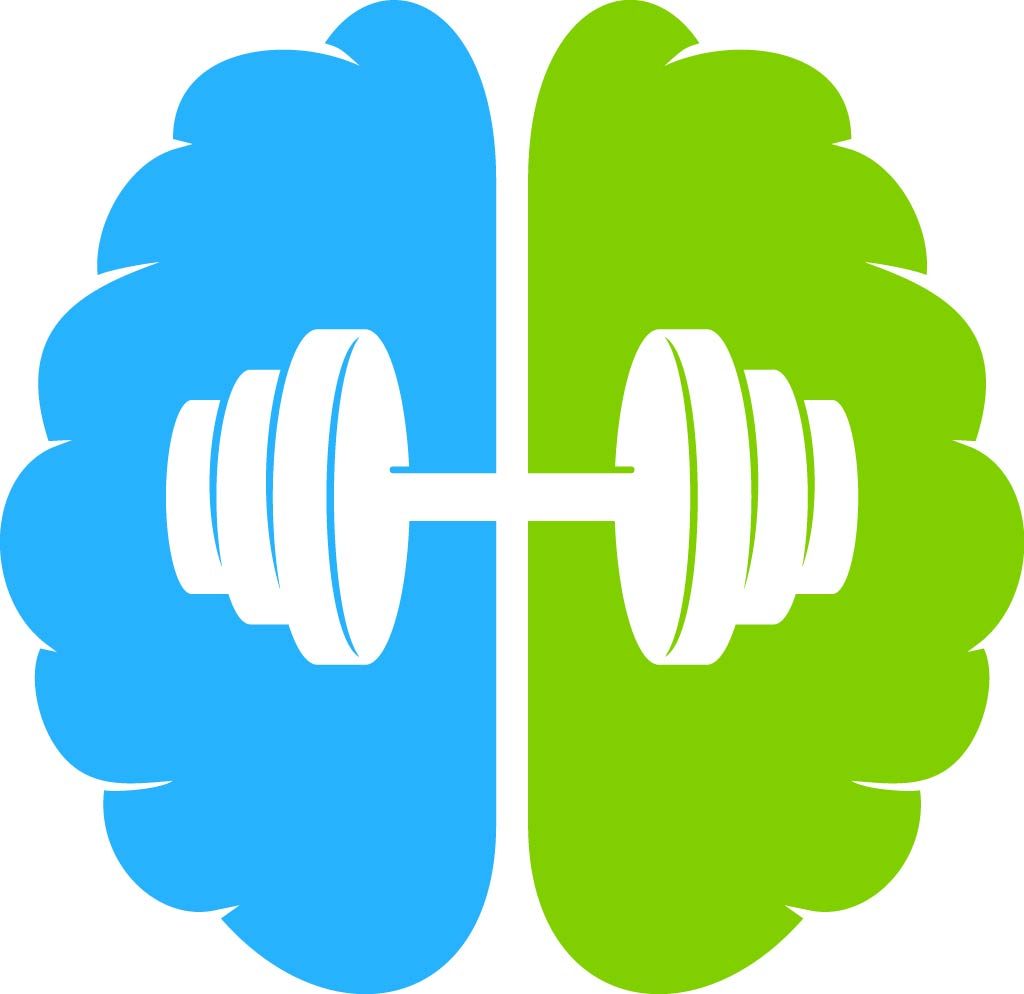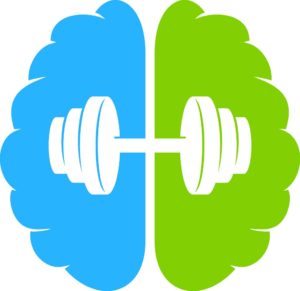My friend Cindy Nebel has a thoughtful post about a recent article at TES.
Here’s the backstory: a world-famous geneticist has dismissed research into Mindset as “bullshit” and “gimmicks.”
Now, reasonable people have their doubts about Mindset Theory. We’ve written about such doubts before.
But, as Nebel emphasizes in her post, wholesale rejection of the theory simply doesn’t make sense. For instance:
Disciplines Matter…
Geneticists know a lot about genetics. And, genes matter for teaching and learning.
(How much do they matter? A BIG controversy…)
But: most geneticists remember that psychology research is complicated. Knowledge and skill in one field don’t automatically translate to knowledge and skill in another.
In other words: psychologists will — most likely — have better insights into the strengths and weaknesses of psychology debates than will rocket scientists, or nuclear submariners, or even geneticists.
This point, of course, extends to other kinds of cross-disciplinary critiques. Here’s Nebel on the intersection of neuroscience and education:
A common misconception that we hear is that education and neuroscience are related disciplines and that those who study the brain must know how we learn.
While one can inform the other, I promise that training in neuroscience does NOT include an understanding of how those brain processes translate into classroom practices.
We often talk about a very necessary dialogue between educators and researchers, because very few individuals have extensive experience in both domains.
For all these reasons, neuroscientists (and psychologists) can provide teachers with useful perspectives. But, only teachers can decide what makes the most sense in the classroom.
…but Cost Doesn’t Matter
One of the stranger parts of the TES interview: Plomin’s insistence that only expensive changes benefit education.
“To think there is some simple cheap little thing that is going to make everybody fine, it is crazy,” he said in exclusive remarks published today.
“Good interventions are the most expensive and intensive.”
Pish posh.
If you’ve spent any time at a Learning and the Brain conference, you know that teachers can make all sorts of highly effective changes to their teaching at no cost whatsoever.
Using retrieval practice instead of simple review: no cost.
Managing students’ working memory load by…say…spreading instructions out over time: no cost.
Moderating students’ alertness levels by having them move: no cost.
Anyone who says we can’t improve teaching and learning without spending lots of money simply doesn’t understand teaching, learning, or the promise of educational psychology.



